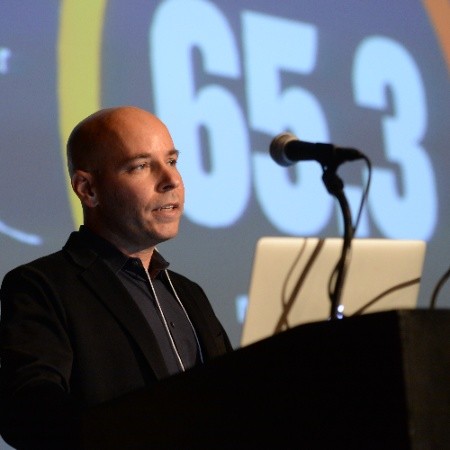First, there were solar systems with a hefty up-front price that not many households and companies could afford. Then came the solar power purchase agreements (PPAs) and solar leasing that transformed solar systems from a product into an affordable service. One of the cornerstones of the new model is a 30 percent federal tax credit on the solar systems, which helped creating a win-win structure, where everyone profits – consumers, solar companies and banks who fund the operation. Now it looks like the banks might be overvaluing the solar systems to get more tax credit and profit even more.
These allegations were raised by Jigar Shah, the founder and former CEO of SunEdison (now with Carbon War Room), who developed the model of offering solar as a service. John Farell,reporting on Grist, quoted Shah saying that while solar leasing companies can install residential solar for between $4.00 and $5.00 per watt, they routinely claim federal tax credits on the "fair market value," a price nearly twice as high. According to Farell, this practice also applies to the program providing cash grants in lieu of the federal Investment Tax Credit (aka the 1603 Treasury Grant Program).
The concept behind solar leasing (for simplification reasons I’ll use leasing as an example without getting into the few differences between solar PPA and solar lease) is quite simple. A household, in the case of a residential leasing, pay little to nothing upfront for installing the solar system. Instead, the homeowner pays a fixed monthly lease payment that increases around 1 - 3.5 percent a year (much lower than historical rate hikes in utility electricity prices) for a term of 10-20 years. These payments are used by the solar company as collateral to receive the funding for buying and installing the solar systems. The funding usually comes from banks or investment firms, which receive the federal tax benefits in addition to state rebates and any other credits to make sure their ROI will be satisfactory.
The federal tax credits are highly attractive. According to the DOE, consumers who install solar energy systems (including solar water heating and solar electric systems), small wind systems, geothermal heat pumps, and residential fuel cell and microturbine systems can receive a 30 percent tax credit for systems placed in service before December 31, 2016. And the best thing is there is no cap on the credit.
Apparently there is a loophole in the regulation when it comes to the valuation of the solar project’s price, which is the base for the tax credit calculation. It’s not clear why this loophole exists but it allows banks to claim tax credits based on inflated "fair market value" rather than the actual system cost, which is far lower. According to Farell’s report, the tax credits claimed by banks are about 78% higher than what they’re entitled to in accordance with the real value of the projects.
According to Farell, the over-payment to banks could be as much as $36 million in 2010 alone. It’s not a relatively big sum, but it is still a flaw in the system that should be fixed. There is no reason taxpayers will pay for increasing banks’ profits. These tax credits were supposed to provide ‘policy certainty’ for the solar industry and help bringing it to the mainstream, not to support banks’ bottom line.
Solar installations increased this year significantly. In the first quarter of 2011, U.S. solar panel installations shot up 66 percent, or the equivalent of powering roughly 20,000 average houses, compared to 2010 according to a report from the Solar Energy Industries Association and GTM Research. One of the main reasons for this increase in sales is the falling prices for the systems – according to the SEIA, prices of solar panel components went down 15 percent in the last quarter compared to 2010.
It is possible that the falling prices of solar panels are not yet reflected in the solar projects’ value and therefore banks receive more tax credit than they should have. I’m not sure what the solar companies’ viewpoint here is because on one hand they want to keep the banks who are their partners happy, but on the other hand they also want the money to be channeled to the right places, helping the solar industry and not the banking industry.
Either way, it looks like the right thing solar companies should do is to pressure the treasury to close the loophole. It’s not just right morally, but also politically – if they want any support from congress in the future, even before 2016, when the tax credits will expire, they need to show taxpayers money is wisely spent. When Washington is so obsessed with cutting government expenses, I expect no one, not even the supporters of the solar industry, to vote for more subsidies for the industry, if they help banks rather than solar companies and consumers.
Image credit: Jascha, Flickr Creative Commons
Raz Godelnik is the co-founder of Eco-Libris, a green company working to green up the book industry in the digital age. He is also an adjunct professor in the University of Delaware’s Alfred Lerner College of Business and Economics.

Raz Godelnik is an Assistant Professor and the Co-Director of the MS in Strategic Design & Management program at Parsons School of Design in New York. Currently, his research projects focus on the impact of the sharing economy on traditional business, the sharing economy and cities’ resilience, the future of design thinking, and the integration of sustainability into Millennials’ lifestyles. Raz is the co-founder of two green startups – Hemper Jeans and Eco-Libris and holds an MBA from Tel Aviv University.














